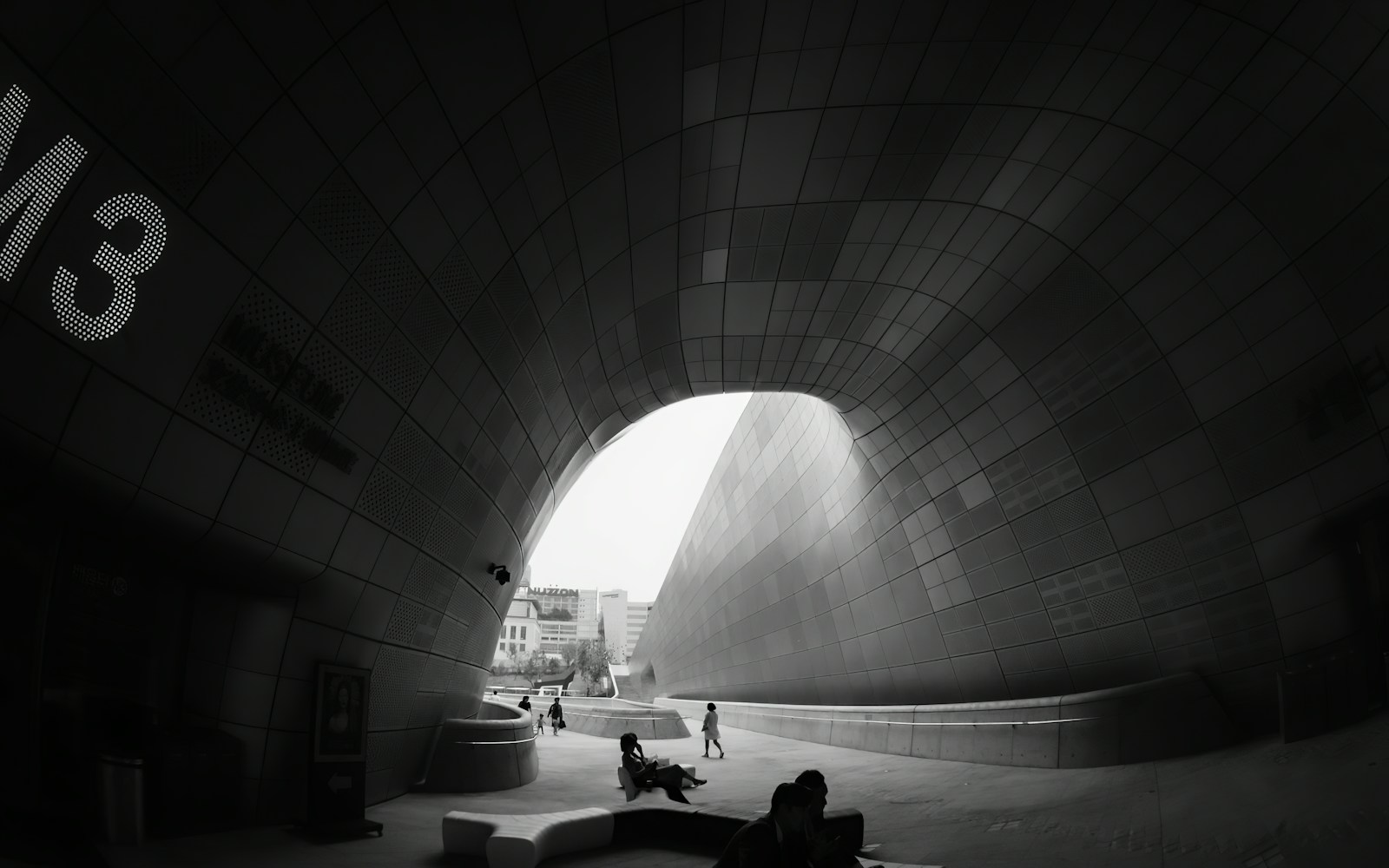Minimalism, a movement that emphasizes simplicity, intentionality, and the reduction of excess, has gained significant traction across the globe. Korea, a country known for its rich history and deep-rooted traditions, has embraced minimalism in a unique way, blending modern aesthetics with cultural values. While Korean minimalism may seem like a relatively new trend, it has historical roots that align with ancient philosophies, as well as a growing modern need for simplicity in an increasingly fast-paced world.
The Influence of “Emptying” Culture
At the core of Korean minimalism lies the concept of “emptying” (비우다, biuda), which has its origins in Confucian and Buddhist thought. In these philosophies, the act of emptying oneself—whether of material possessions or mental distractions—serves as a pathway to enlightenment, balance, and a more meaningful life. This spiritual influence can be seen in modern minimalist practices across Korea today.
In Buddhist teachings, detachment from worldly goods is considered essential for inner peace and mindfulness. This way of thinking is echoed in Korea’s contemporary minimalist lifestyle, where people strive to reduce distractions in their living spaces and daily routines to foster a sense of mental clarity and tranquility. This deep-rooted connection to traditional philosophies makes minimalism more than just a design trend in Korea; it’s a way of life.
Minimalism in Korean Interiors
Korean minimalist design is characterized by its clean lines, neutral colors, and the use of natural materials like wood, stone, and textiles. This aesthetic is deeply influenced by hanok—traditional Korean houses designed with an emphasis on harmony between the home and its natural surroundings. Hanok homes often feature open spaces, sliding doors, and minimal decoration, allowing for an uncluttered living environment.
Modern minimalist interiors in Korea have adapted these principles to urban living. In cities like Seoul, where space is often limited, minimalism offers a practical solution. Small apartments are furnished with multifunctional, space-saving furniture, and unnecessary objects are removed, creating a sense of openness. By focusing on functional items and reducing excess, Koreans create a serene, calming environment even in the midst of a bustling city.
The Rise of Minimalist Fashion
In addition to interior design, minimalism has had a strong influence on Korean fashion. Known for its vibrant and fast-changing fashion scene, Korea has also embraced minimalist fashion, particularly in recent years. Minimalist fashion in Korea is defined by neutral tones, simple silhouettes, and high-quality fabrics, emphasizing versatility and functionality.
This shift is part of a larger move away from fast fashion and toward more sustainable consumption. Koreans are increasingly adopting a “less is more” mentality, choosing to invest in timeless pieces that can be worn in various ways rather than purchasing trendy items that quickly go out of style. This reflects the minimalist principle of owning fewer, but more meaningful, possessions.
Minimalism in Korean Daily Life
Minimalism in Korea is not only about aesthetics but also about simplifying daily routines and mental space. Many Koreans are adopting minimalist practices such as decluttering their homes, reducing their digital footprints, and practicing mindfulness. The popular Korean practice of banchan, small side dishes that accompany meals, also aligns with minimalist principles—focusing on simple, wholesome ingredients prepared in thoughtful ways.
In addition, the minimalist movement in Korea is often linked to the concept of slow living, a lifestyle trend that encourages individuals to take a step back from the pressures of modern society and focus on what truly matters. This means prioritizing experiences, relationships, and well-being over material possessions.
Conclusion: A Timeless Philosophy with Modern Relevance
While Korea’s embrace of minimalism may seem modern, it’s deeply connected to the country’s cultural and philosophical roots. The minimalist movement in Korea blends ancient traditions with contemporary needs, creating a lifestyle that offers both practical and spiritual benefits. Whether through interior design, fashion, or daily practices, minimalism allows Koreans to cultivate a sense of peace, simplicity, and purpose in their lives.
As the global interest in minimalism continues to grow, Korea’s unique take on the movement offers valuable insights into how simplicity can lead to a richer, more intentional life.
